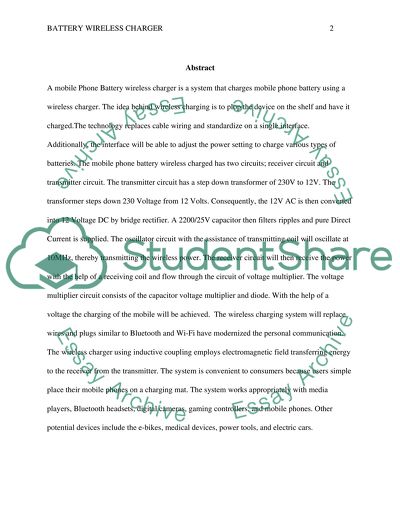Cite this document
(“Mobile Phone Battery Wirless Charger Lab Report”, n.d.)
Retrieved from https://studentshare.org/engineering-and-construction/1486761-mobile-phone-battery-wirless-charger
Retrieved from https://studentshare.org/engineering-and-construction/1486761-mobile-phone-battery-wirless-charger
(Mobile Phone Battery Wirless Charger Lab Report)
https://studentshare.org/engineering-and-construction/1486761-mobile-phone-battery-wirless-charger.
https://studentshare.org/engineering-and-construction/1486761-mobile-phone-battery-wirless-charger.
“Mobile Phone Battery Wirless Charger Lab Report”, n.d. https://studentshare.org/engineering-and-construction/1486761-mobile-phone-battery-wirless-charger.


